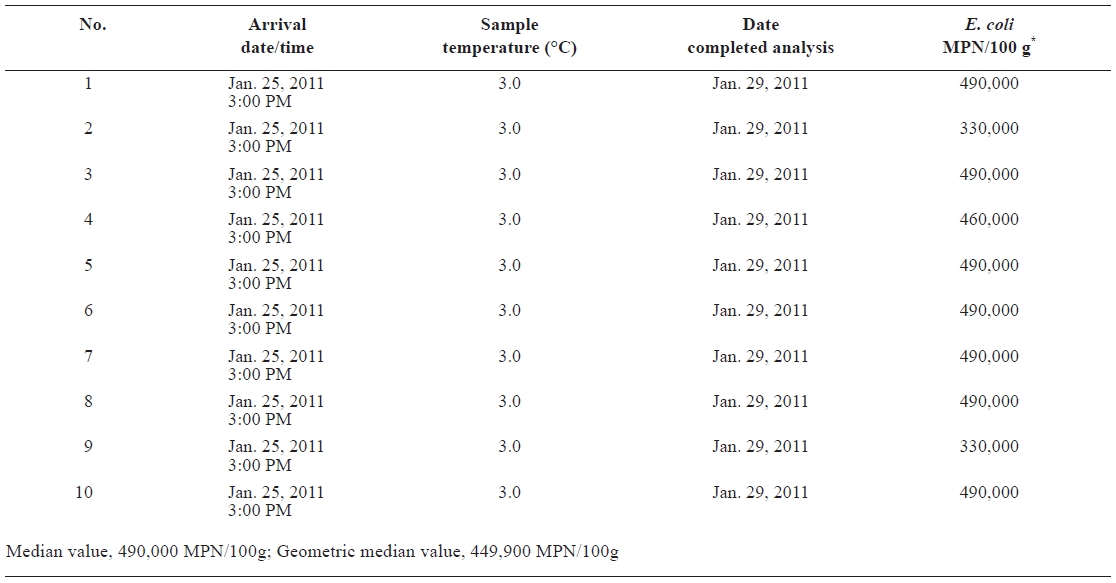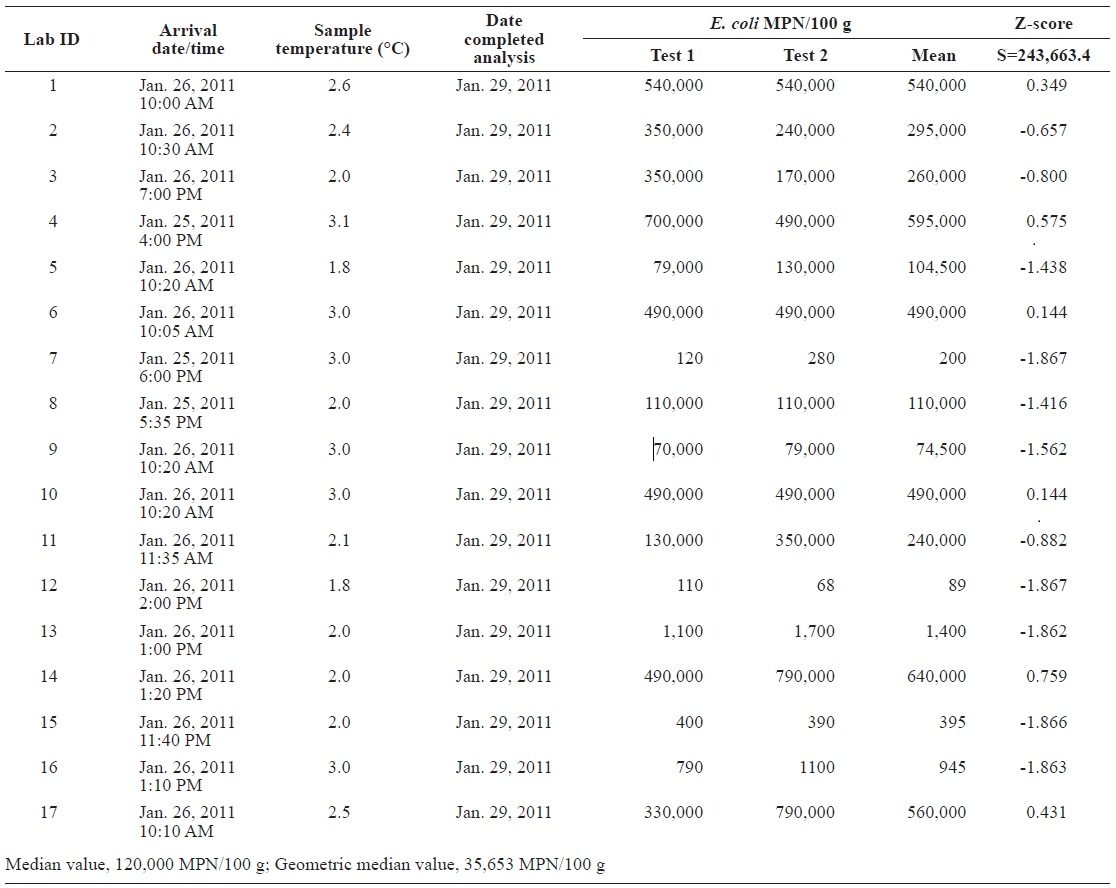



Shellfish have been known to be an important source of food since Roman times. For over 100 years, however, the ingestion of shellfish has been recognized to cause outbreaks of bacterial and viral infections (Ingresoll, 1881). One of the first recognized outbreaks associated with the consumption of raw oysters was described in 1816 by the French physician J. P. A. Pasquier, who reported that typhoid fever was found in a group of people who had consumed sewage-contaminated oysters (Potasman et al., 2002). Human health problems associated with the consumption of bivalve shellfish are well recognized internationally. These health hazards are largely due to the filter-feeding method employed by bivalve mollusks, whereby bacterial and viral pathogens are concentrated and retained; this then causes gastroenteritis, which is often derived from sewage contamination of the waters in which the bivalves grow (Center for Environment, Fisheries and Aquaculture Science, 2010). The hazards posed by the bioaccumulation of harmful microorganisms in shellfish are compounded by the traditional consumption of certain shellfish in raw or only lightly cooked dishes (Potasman et al., 2002). Historically, fecal coliforms or
A proficiency test (PT) is a powerful quality assurance tool enabling laboratories to monitor their performance and to compare their results with similar laboratories. Proficiency testing schemes are used by laboratory accreditation bodies as part of the process of assessing the ability of laboratories to competently perform tests and measurements for which accreditation is held (Duarte et al., 2007). However, no available PT specimen exists for enumerating
>
Bacterial strain and culture
Samples for PT were prepared according to the standard operation procedure of Center for Environment, Fisheries and Aquaculture Science (CEFAS) with minor modification (Center for Environment, Fisheries and Aquaculture Science, 2010). The common mussel
One batch, consisting of approximately 20 kg of mussels, was spread evenly across two trays. The shellfish were then immersed in water tanks that had been filled with 100 L of seawater, which was recirculated at 7 L per min for 16 h to allow the shellfish to acclimatize. After acclimation, the mussel trays were removed from the tank and the seawater was discarded. The mussel trays were reimmersed into the water tank that was refilled with 100 L of fresh seawater, and then the
>
Sample distribution and examination
Samples comprising approximately 50 randomly selected mussels (about 720 g) were packed in accordance with the CEFAS protocol for packaging shellfish for transportation. Samples were received in an intact food-grade plastic bag and properly packed in a cool box with ice packs that reach a temperature of less than 8°C within 4 h and then maintain this temperature for at least 24 h. Packed samples were then dispatched to each laboratory participating in this PT within 24 h.
Participants analyzed the samples in duplicate immediately on receipt by the procedure for enumerating
Data are expressed as means±SD, and all statistical comparisons were made using a one-way analysis of variance (ANOVA), followed by Duncan’s test (Duncan, 1955). A
>
Proficiency evaluation of participating laboratories
The proficiency of the participating laboratories is evaluated based on their Z-score values. A Z-score was calculated for each laboratory according to the following equation:
where
x is the reported result by the participant laboratory,
X is the assigned value (the median of the results reported by the reference laboratory), and
S is the standard deviation and calculated for each laboratory according to the following equation:
The Z-score classification is as follows: |Z|≤ 2, acceptable; 2<|Z|≤ 3, questionable; 3<|Z|, unacceptable.
To develop a PT specimen for the enumeration of
A preliminary experiment indicated that an 18 h culture of
The
To evaluate the homogeneity of the samples prepared in this study, ten samples were analyzed by the MPN method at a reference laboratory and the results were statistically analyzed (Table 1). The

Escherichia coli level in mussel samples bio-accumulated with E. coli as determined by the most probable number (MPN) method at the reference laboratory
After determining the homogeneity of samples, samples were distributed by overnight courier at less than 8°C to 17 participants involved in the PT program. The enumeration of
[Table 2.] Participants results and Z-scores

Participants results and Z-scores

